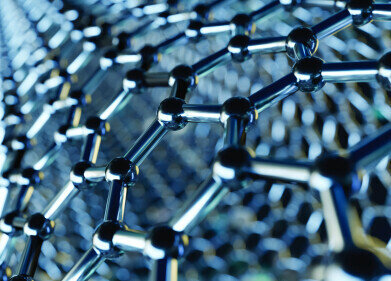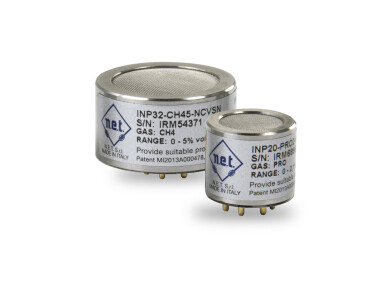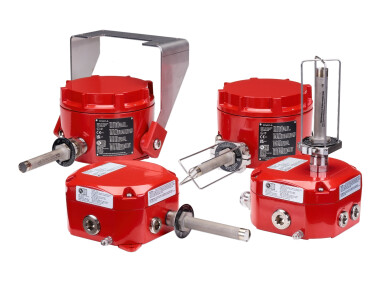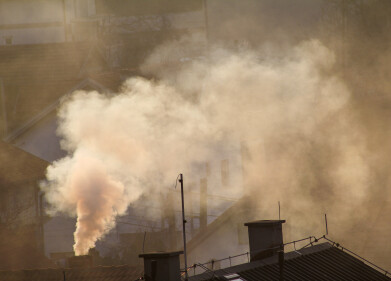Safety
What is a Bump Test?
Jun 03 2014
A “bump test”, or functional test, is simply the name given when testing that a gas monitor is in good working order. Gas monitors are important tools in many walks of life; from inside science laboratories to aboard ships to in everyday use at fire stations. They monitor the level of harmful or flammable gases present in the air, which helps to avoid respiratory problems, inhalation poisoning, injury, or even explosion, all of which can cause severe health issues and, in extreme cases, death.
Because gas monitors can help to save lives, it is imperative to ensure they are in perfect working order. The only way to achieve this is by testing their receptors and the audio and visual alarms that are connected to these to make sure they are firstly detecting gas and secondly raising the alarm as to its presence.
Fortunately, such a test is fairly straightforward, and is known as a “bump test”. All that a bump test involves is exposing the monitor to a concentration of gas which is more than the parameters set on the monitor’s sensor points, thus testing their ability to detect and react.
Such a test is of the highest importance to make sure all equipment is in fully working order. The International Safety Equipment Association, or ISEA, recommends that a gas monitor be checked for sensorial accuracy and functionality at the very least once a day, before the instrument is put to use. As well as simply testing the instrument’s ability to sense the gas, a bump test also tests its accuracy. By comparing the amount of gas released (by consulting the information that comes on the cylinder) with the amount detected on the gas monitor, the user can determine whether or not the machine is in good working order. If the discrepancy between the two amounts is non-existent or negligible, the instrument can be deemed fit for use.
The gas used in the bump test can be obtained from sample aerosol cans, or increasingly these days, with the use of a docking station, which not only performs the bump test, but also logs all the results of every bump test ever performed on the gas monitor, as well as all calibrations, alarms and data events it has ever recorded.
Indeed, as technology develops, newer, easier and more efficient ways of testing gas monitoring equipment are becoming more prevalent in laboratories. For further information on the evolution of gas detection, please read this article: Incorporating Newer Technologies into Your Gas Detection Program.
Digital Edition
PIN 25.6 Buyers' Guide
January 2025
Buyers' Guide Directory - Product Listings by Category - Suppliers Listings (A-Z) Articles Analytical Instrumentation - ASTM D7042: The Quantum Leap in Viscosity Testing Technology -...
View all digital editions
Events
Jan 20 2025 San Diego, CA, USA
Jan 22 2025 Tokyo, Japan
Jan 25 2025 San Diego, CA, USA
SPE Hydraulic Fracturing Technology Conference and Exhibition
Feb 04 2025 The Woodlands, TX, USA
Feb 05 2025 Guangzhou, China



















